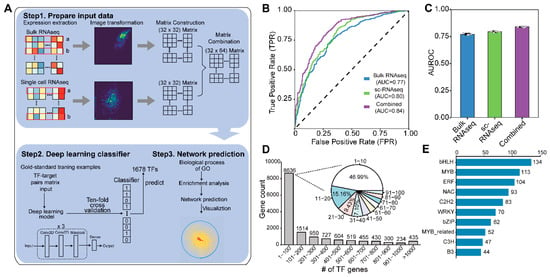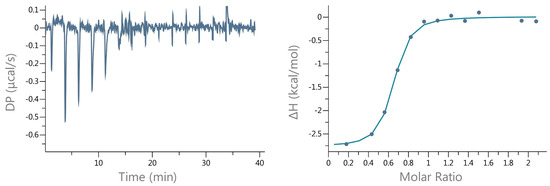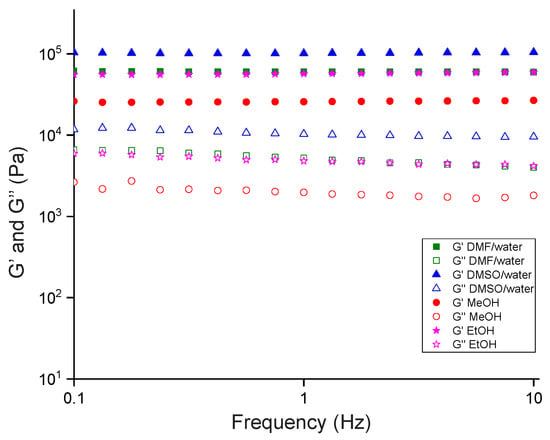Background: Mental capacity is a fundamental aspect that enables patients to fully participate in various healthcare procedures. To assist healthcare professionals (HCPs) in assessing patients’ capacity, especially in the mental health field, several standardized tools have been developed. These tools include the MacArthur Competence Assessment Tool for Treatment (MacCAT-T), the MacArthur Competence Assessment Tool for Clinical Research (MacCAT-CR), and the Competence Assessment Tool for Psychiatric Advance Directives (CAT-PAD). The core dimensions explored by these tools include Understanding, Appreciation, Reasoning, and Expression of a choice.
Objective: This meta-analysis aimed to investigate potential differences in decision-making capacity within the healthcare context among groups of patients with bipolar disorders (BD) and schizophrenia spectrum disorders (SSD).
Methods: A systematic search was conducted on Medline/Pubmed, and Scopus. Additionally, Google Scholar was manually inspected, and a manual search of emerging reviews and reference lists of the retrieved papers was performed. Eligible studies were specifically cross-sectional, utilizing standardized assessment tools, and involving patients diagnosed with BD and SSD. Data from the studies were independently extracted and pooled using random-effect models. Hedges’
g was used as a measure for outcomes.
Results: Six studies were identified, with three studies using the MacCAT-CR, two studies the MacCAT-T, and one the CAT-PAD. The participants included 189 individuals with BD and 324 individuals with SSD. The meta-analysis revealed that patients with BD performed slightly better compared to patients with SSD, with the difference being statistically significant in the domain of Appreciation (ES = 0.23, 95% CI: 0.01 to 0.04,
p = 0.037). There was no statistically significant difference between the two groups for Understanding (ES = 0.09, 95% CI:−0.10 to 0.27,
p = 0.352), Reasoning (ES = 0.18, 95% CI: −0.12 to 0.47,
p = 0.074), and Expression of a choice (ES = 0.23, 95% CI: −0.01 to 0.48,
p = 0.60). In the sensitivity analysis, furthermore, when considering only studies involving patients in symptomatic remission, the difference for Appreciation also resulted in non-significant (ES = 0.21, 95% CI: −0.04 to 0.46,
p = 0.102).
Conclusions: These findings indicate that there are no significant differences between patients with BD and SSD during remission phases, while differences are minimal during acute phases. The usefulness of standardized assessment of capacity at any stage of the illness should be considered, both for diagnostic-therapeutic phases and for research and advance directives. Further studies are necessary to understand the reasons for the overlap in capacity between the two diagnostic categories compared in this study.
Full article
 IJMS
IMPACT
IJMS
IMPACT Applied Sciences
IMPACT
Applied Sciences
IMPACT Sustainability
IMPACT
Sustainability
IMPACT Sensors
IMPACT
Sensors
IMPACT JCM
IMPACT
JCM
IMPACT Materials
IMPACT
Materials
IMPACT Molecules
IMPACT
Molecules
IMPACT Energies
IMPACT
Energies
IMPACT Electronics
IMPACT
Electronics
IMPACT Remote Sensing
IMPACT
Remote Sensing
IMPACT Cancers
IMPACT
Cancers
IMPACT Nutrients
IMPACT
Nutrients
IMPACT Mathematics
IMPACT
Mathematics
IMPACT Foods
IMPACT
Foods
IMPACT Buildings
IMPACT
Buildings
IMPACT Polymers
IMPACT
Polymers
IMPACT Animals
IMPACT
Animals
IMPACT Water
IMPACT
Water
IMPACT Plants
IMPACT
Plants
IMPACT Agronomy
IMPACT
Agronomy
IMPACT Biomedicines
IMPACT
Biomedicines
IMPACT Processes
IMPACT
Processes
IMPACT Microorganisms
IMPACT
Microorganisms
IMPACT Diagnostics
IMPACT
Diagnostics
IMPACT Nanomaterials
IMPACT
Nanomaterials
IMPACT Viruses
IMPACT
Viruses
IMPACT Medicina
IMPACT
Medicina
IMPACT Healthcare
IMPACT
Healthcare
IMPACT Cells
IMPACT
Cells
IMPACT Forests
IMPACT
Forests
IMPACT Agriculture
IMPACT
Agriculture
IMPACT Land
IMPACT
Land
IMPACT JMSE
IMPACT
JMSE
IMPACT IJERPH
IJERPH
 Symmetry
IMPACT
Symmetry
IMPACT Genes
IMPACT
Genes
IMPACT Pharmaceutics
IMPACT
Pharmaceutics
IMPACT Coatings
IMPACT
Coatings
IMPACT Micromachines
IMPACT
Micromachines
IMPACT Pharmaceuticals
IMPACT
Pharmaceuticals
IMPACT Atmosphere
IMPACT
Atmosphere
IMPACT Children
IMPACT
Children
IMPACT Religions
IMPACT
Religions
IMPACT Antioxidants
IMPACT
Antioxidants
IMPACT Life
IMPACT
Life
IMPACT Metals
IMPACT
Metals
IMPACT Biomolecules
IMPACT
Biomolecules
IMPACT Vaccines
IMPACT
Vaccines
IMPACT Education Sciences
IMPACT
Education Sciences
IMPACT Minerals
IMPACT
Minerals
IMPACT Horticulturae
IMPACT
Horticulturae
IMPACT Brain Sciences
IMPACT
Brain Sciences
IMPACT JPM
IMPACT
JPM
IMPACT Bioengineering
IMPACT
Bioengineering
IMPACT






















